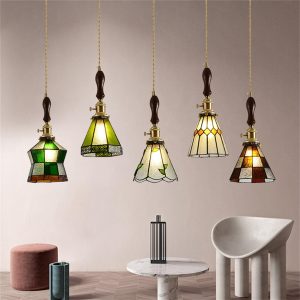
Monochromatic light sources emit light of a single wavelength or color. In contrast, polychromatic light sources emit light of multiple wavelengths or colors. Monochromatic light has several unique properties that make it useful in various applications, such as lighting, spectroscopy, and laser technology. In this article, we will explore the benefits and applications of monochromatic light.
Properties of Monochromatic Light
Monochromatic light has several distinct properties that make it unique. Firstly, it has a well-defined frequency, which translates to a well-defined wavelength. This property allows for precise measurements in spectroscopy because specific elements and molecules absorb and emit light at specific wavelengths. Secondly, monochromatic light has a narrow spectral bandwidth, which means that the light is predominantly of a single color. This property is useful in lighting applications that require a uniform color temperature. Lastly, monochromatic light has a high degree of coherence, meaning that the waves are in phase with one another. This property is useful in laser technology, where coherent light is necessary for precision cutting and engraving.
Applications of Monochromatic Light
Monochromatic light has a wide range of applications, which we will explore in this section.
Spectroscopy
Spectroscopy is the study of the interaction between light and matter. Monochromatic light is useful in spectroscopy because it allows for precise measurements of absorption and emission spectra. Specific elements and molecules absorb and emit light at specific wavelengths, which can be detected using a monochromatic light source. Spectroscopy has many practical applications, such as environmental monitoring and medical research.
Lighting
Monochromatic light is useful in lighting applications that require a uniform color temperature. For example, in horticulture, monochromatic light is used to provide plants with the specific wavelengths of light they need for optimal growth. In art, monochromatic lighting can be used to create a specific mood or atmosphere. Monochromatic lighting is also used in microscopy and photography, where precise color reproduction is necessary.
Laser Technology
Monochromatic light is the foundation of laser technology. Lasers emit coherent monochromatic light that is used in many applications, such as cutting, welding, and engraving. Lasers are also used in medicine for surgical procedures and in optical communication for high-speed data transfer.
Monochromatic light has several unique properties that make it useful in various applications. Spectroscopy, lighting, and laser technology are just a few examples of the many uses of monochromatic light. As technology continues to advance, we can expect to see even more applications of monochromatic light in the future.







